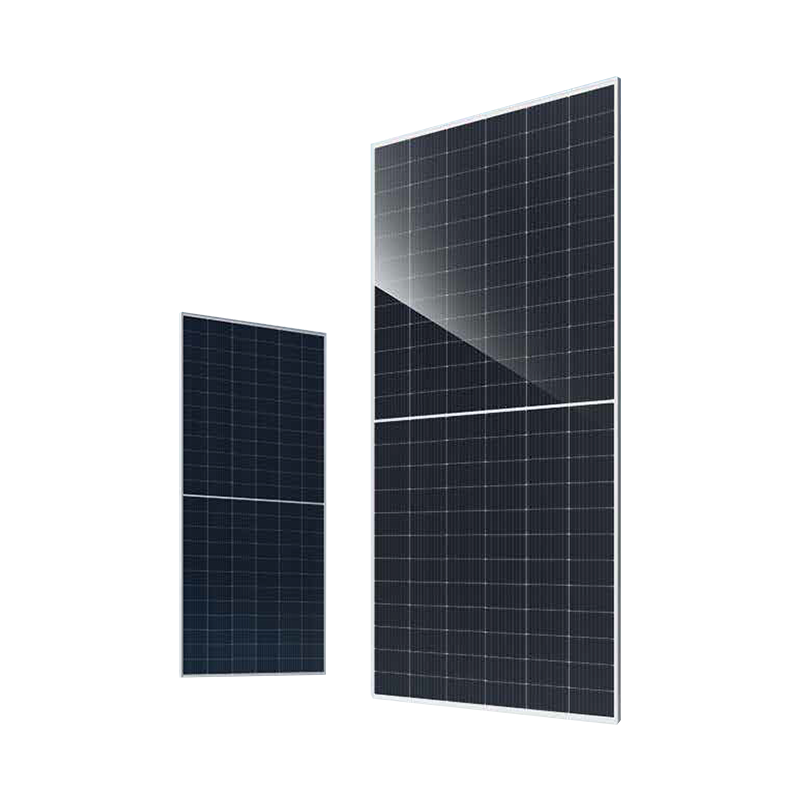The creation of a reliable PV module begins with the selection and preparation of high-purity silicon, which undergoes transformation into photovoltaic cells capable of generating electricity. This manufacturing process requires precision at every stage, from the initial growth of silicon crystals to the final lamination and framing operations. Each PV module represents numerous controlled production steps that ensure consistency and performance across manufacturing batches. The assembly line for a typical PV module incorporates automated handling systems to maintain quality standards while minimizing human error throughout fabrication.
Advanced machinery performs the critical task of interconnecting individual solar cells into strings, which are then arranged into the characteristic matrix pattern of a complete PV module. robotic placement systems ensure precise alignment before the layered materials enter the laminator, where controlled heat and pressure create a permanent bond between glass, encapsulant, cells, and backsheet. This encapsulation process determines the long-term reliability of the PV module by preventing moisture penetration and cell corrosion. Subsequent framing adds mechanical strength while providing standardized mounting options for installation crews.
Quality assurance protocols verify the performance and durability of every finished PV module before distribution. flash testing under standard test conditions confirms electrical output meets specified ratings, while electroluminescence imaging detects microcracks or defects invisible to the naked eye. Additional testing simulates decades of environmental exposure through accelerated weathering sequences. These comprehensive checks ensure each PV module leaving the production facility will deliver predictable performance throughout its operational lifespan. The manufacturing evolution continues to focus on making the PV module more efficient and durable while reducing material usage and production costs.
